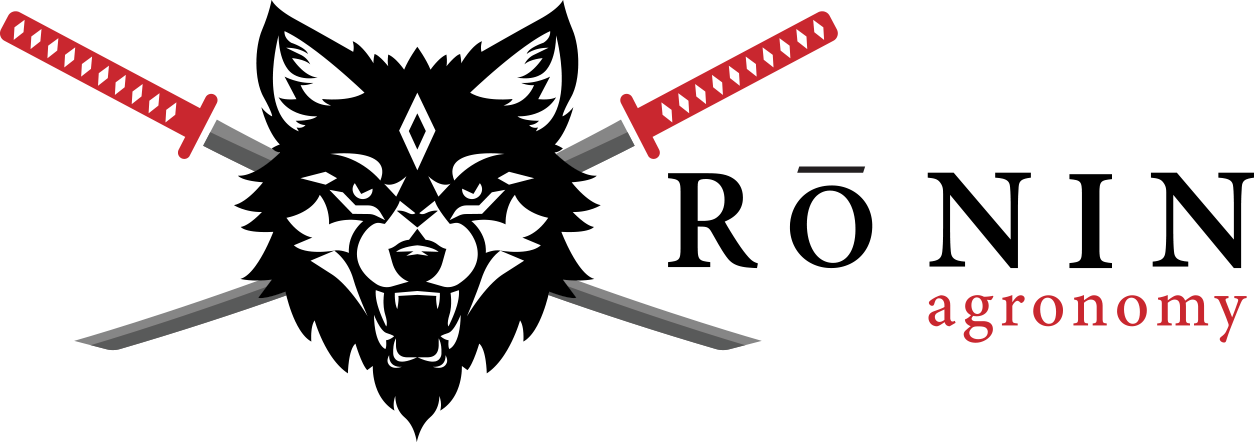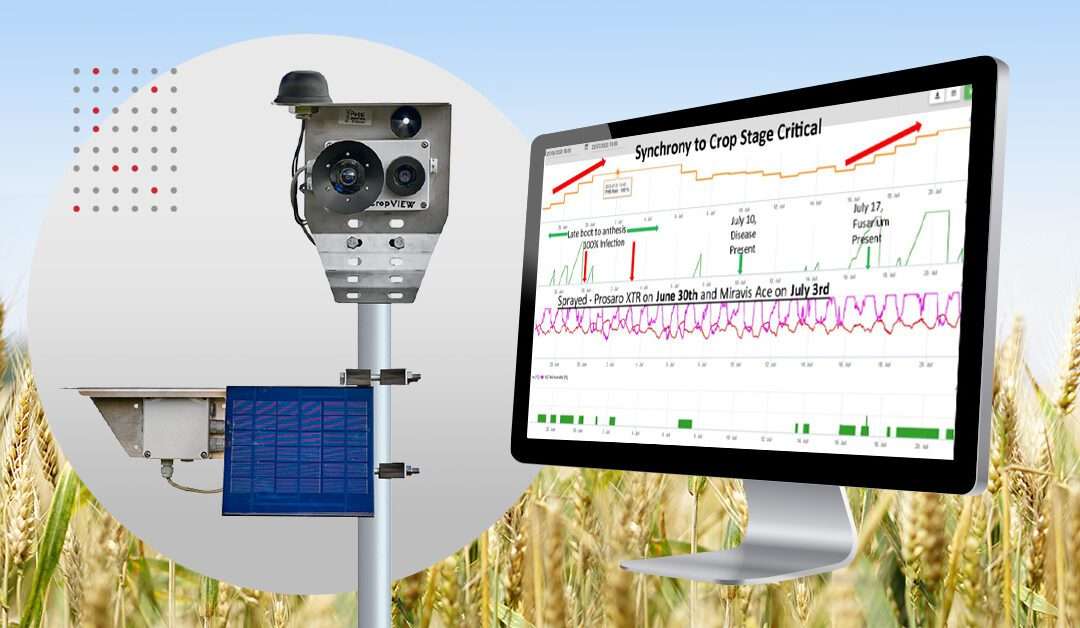Fusarium head blight (FHB), also known as scab, is a major disease affecting cereal crops worldwide, causing significant yield losses and reducing grain quality due to mycotoxin contamination. Understanding the risk of FHB is very important for farmers as it directly affects crop management decisions, profitability, and food security.
Our weather solution partner, Metos FHB, has focused its modeling efforts on developing weather-based forecasting models to predict FHB risk accurately. These models use data on temperature, humidity, and rainfall, providing growers with tools to make informed decisions about fungicide application and other management practices to control the disease effectively. For example, in the 2023 season at the test site in Manitoba, the accuracy of our model was close to 100%, predicting favorable weather conditions for disease development within 1 day.

Government stations collect and provide weather data for a larger territory, which is very useful for an overview of disease development on a larger scale. On the other hand, the most accurate model prediction for a farmer’s crop begins with a local weather station that collects data in the specific area where that crop is being produced. Historical data combined with current weather patterns create a unique dataset that relates directly to the grower’s land. Such accuracy enables the grower to respond proactively, being prepared and scheduling well ahead of a disease outbreak.
Going forward, technology adapts various methods and tools to improve existing models, helping growers achieve a higher level of accuracy in forecasting. For instance, the use of hyperspectral and color imaging coupled with machine learning techniques has shown promising results in detecting FHB. Additionally, further evaluation of various weather-based forecasting models has led to the identification of models that produce accurate predictions of FHB infection and deoxynivalenol (DON) content, especially under specific climatic conditions.
Utilizing the FHB forecast can increase profitability for growers by saving on fungicide costs when the model’s prediction does not show a combination of factors favorable for disease development. On the other hand, an accurate FHB forecast can protect the yield and quality of the grain when conditions may lead to an FHB outbreak. Visual estimation of whether to spray can be quite subjective, and errors can be costly.
Using the latest technology should greatly improve the predictability of crop production, diminishing the effects of factors that decrease yields.

